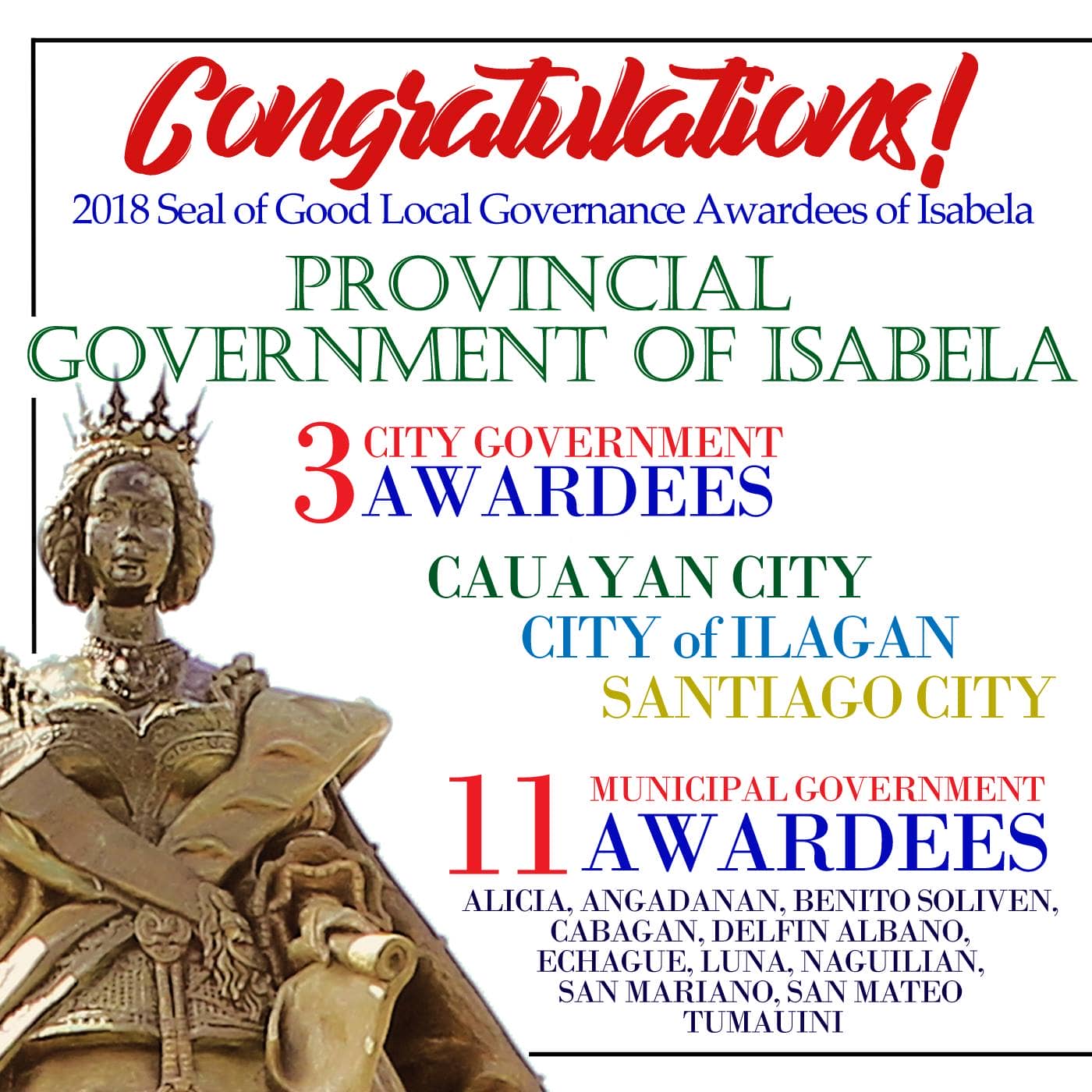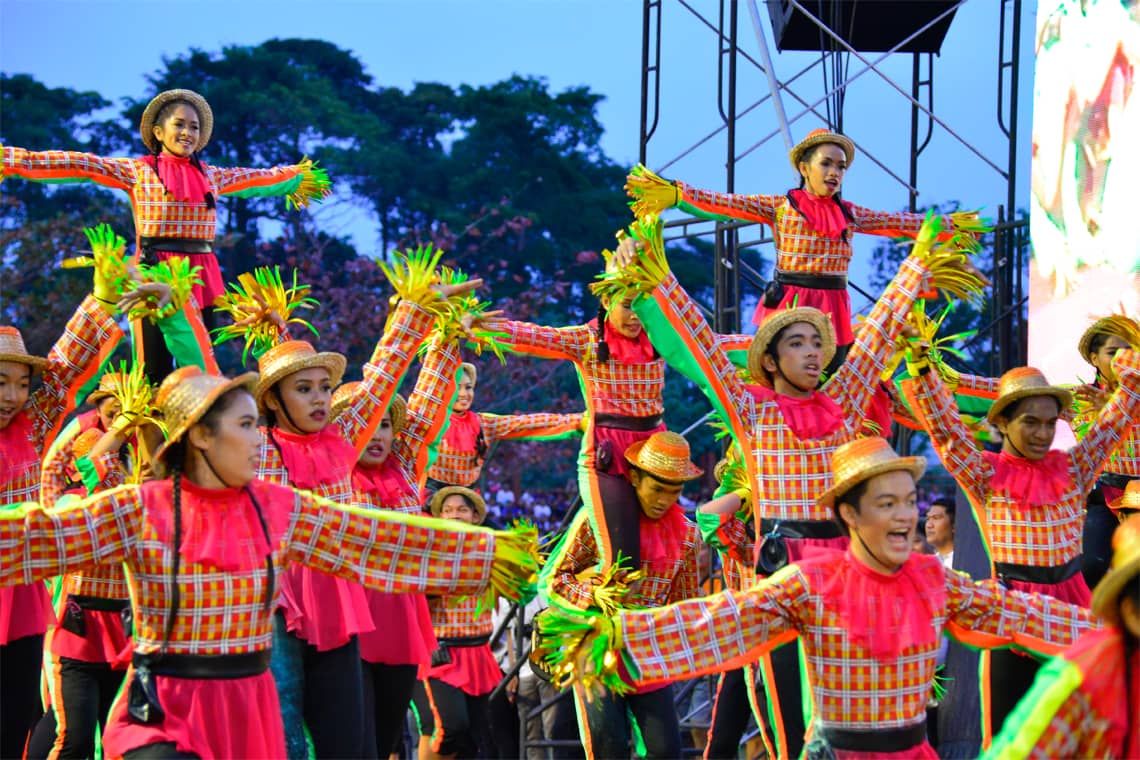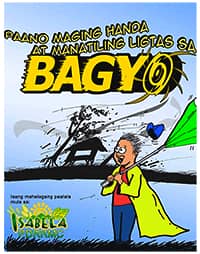Home Page Beez5

The Provincial Government of Isabela is now Seal of Good Local Governance (SGLG) awardee, FOUR times in a row, having copped the most coveted "Seal" in 2015, 2016, 2017 and 2018.
The "Seal" symbolizes integrity and good performance of Local Government Units. It is a continuing challenge for provincial, city and municipal governments to do better today and in the years to come in terms of financial administration, disaster preparedness, social protection, and peace and order, plus essential criteria such as business friendliness and competitiveness, environmental management and protection, tourism, culture and the arts.
THE LOCAL GOVERNMENT UNIT MAGAZINE
5TH ISSUE
By Jovial WandererMonday, March 05, 2018
Every year, the province of Isabela in Northern Luzon, celebrates Bambanti Festival, a thanksgiving of the province's sustained agricultural dominance. Its strength can be seen in its position as the Philippines' no. 1 corn producer and as a surplus producer of rice, enabling them to supply the staple crop in Metro Manila and other provinces.
*Bambanti is Ilocano for "scarecrow", considered as a symbol of the diligence, creativity, resilience and vigilance of the Isabeleños.

Performers from the municipality of Alicia, winner of the Best Street Dance Contingent
(Photo from YMV & Associates)
Celebrated this year from January 22 to 27 with the theme, "Isabela Kong Mahal", various competitions were held showcasing the talents of the Isabeleños and the province's top products.
































































